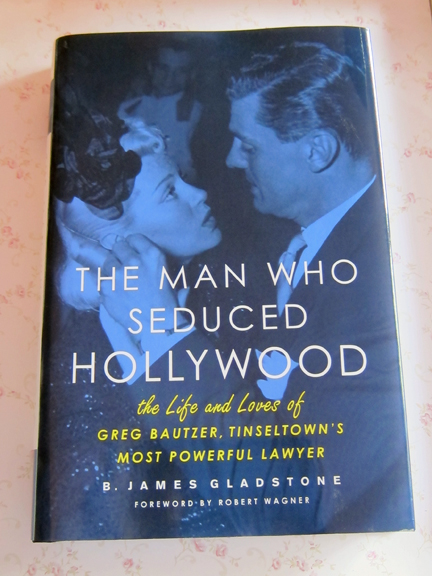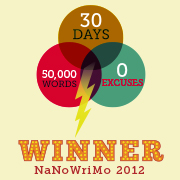Billing can be awkward but it shouldn’t be. Successful freelancing requires you to properly value your time, bill for that time and follow-up on invoices (hopefully infrequently since you have such great clients that they pay promptly).
How to Measure Your Time: This Hour Has 45 Minutes
Don’t be stingy with yourself. Decide, based on your work load and/or the type of work you are performing how you will block out your time in units.
There are numerous ways to bill. I’ve encountered the following:
- Hourly (I usually will bill down to half hours)Â
- By the job
- By the word or page
- On retainer
The Editorial Freelancer’s Association has some very helpful guidelines for what to charge.
When charging hourly I always start the clock at 15 minutes to account for emails that I received related to the job but didn’t account for previously. When I was editing numerous small projects for two companies I took to breaking down my hour by 15-minute increments with a 30-minute minimum per day per client. This is not always practical or profitable but it worked for that particularly complicated scenario.
I have known freelance and contract employees who literally hit a timer on their desk when they get up to go the bathroom and pour themselves a coffee. This is a ridiculous practice. You are an adult who deserves paid bathroom breaks and a refresher. However, if you get up and drive 30 minutes round trip for the coffee or take a break to watch the latest Netflix offering? You’re a price gouging jerk.
And seriously, charge at least $30/hour for anything you do. If you’re not making that the project is probably costing you money. You gotta pay for that coffee. And the electricity. And your health care! Oh, and by all means? Charge more than that, particularly in areas where you have expertise. You will not get me to edit anything about construction or architecture for less than $50/hour as a freelance editor. And I will save you time and embarrassing errors on that project, I promise you.
If you take on a project that pays a flat rate be sure that the size and scope (for page counts/word counts) follows the EFA guidelines I linked above. And be mindful of your time! Work as efficiently as possible to ensure you are maximizing your hourly take. The same goes for working on retainer or contract. This is your chance to manage your time so effectively that you net the highest dollar per hour you can. Treat yourself like the qualified professional that you are. I often find that a project editor will contact me and offer me a flat rate and I can say, “Can you go $50 higher?” and they sometimes can. If you do this on every flat-rate project you will net more money in total at the end of the year. I’m a big believer in keeping a detailed spreadsheet of invoices and income broken down by year, quarter and month. It helps you set goals and know when to step it up.
Reasonable companies expect their freelancers to make money from projects. If your clients don’t expect you to make a living wage then you need new clients.
Sending Invoices: Thank You Over and Over
When you send an invoice will depend on the arrangement you’ve made with your client. If I edit a manuscript or any one-shot deal I send an invoice with the edited document. So if I edited your book you would get an invoice from me along with your completed manuscript. However, I always note that I am available for whatever else might be needed. I don’t go back and charge them to answer a couple of questions if they have some. However, this might not work in every situation. You need to manage expectations. Make it clear what you’re willing to do and what it might cost up front. There should be an expectation/ballpark of what a project is going to cost (and this is another area where those EFA guidelines come into play).
For some of my regular clients I had a standing agreement to send a monthly invoice with a list detailing all of the work I did over the month for them.
Send a professional looking invoice with a pleasant note thanking the client for the work. Thank them every time you send an invoice, even if you send one every week. Generally invoices are submitted via email so you should have an invoice template you use (there are many freebies online and even included in MS Word if you don’t where to start). Save it as a PDF before sending it to your client.
I put “net 30” on all of my invoices unless there was some other arrangement. And I will say that if your client can’t abide by a net 30 there had better be a good reason! Try not to let too many invoices pile up from the same company. If they are not regularly paying you on time but expect you to continue to take on work and meet their deadlines? That’s a red flag! Turn down more work until they pay you! You’d be better off looking for new clients than working for one for free.
Collections: Don’t Make Me Break Your Legs
I have never had to deal with this, in all honesty! I think it’s because I’ve taken on mostly publishers that understand how to work with freelancers. I haven’t done that many self-pubbed manuscripts or had individual writers as clients. Indeed, the best way to avoid having to become a collections person is to consistently work to improve your client list.
I’ve had late payments and people I had to cajole. So at the first of the month I review for any outstanding payments. I don’t contact anyone until it’s been 45 days since I sent my invoice. That gives me 30 days plus so I know for sure that I would have gotten the payment in the mail if they’d paid me at 30 days out.
At that point, I send a gentle reminder, usually along the lines of: “Hey, Susie Q, just following up on Project X. I hope you had everything you needed from me. Please let me know if you require anything else as I’m always available. I also wanted to  make sure you got my invoice and were able to process it without incident. Thanks again for everything!”
That almost always works for me. If I still don’t see any payment at 60 days I follow-up with another polite but decidedly more pointed email. I assume there has been some error and I ask if they can fix it. I say something like: “If this is not an oversight, can you give me some idea when payment might be sent?”
That opens the door to politely let me know what’s going on behind the scenes so I understand where I stand, where they stand, and how we might come together.
At 90 days I would probably threaten to lawyer up in the politest way I knew how. And I’d also know that I would not be looking for work from them again because I simply can’t afford go months on end without getting paid.


